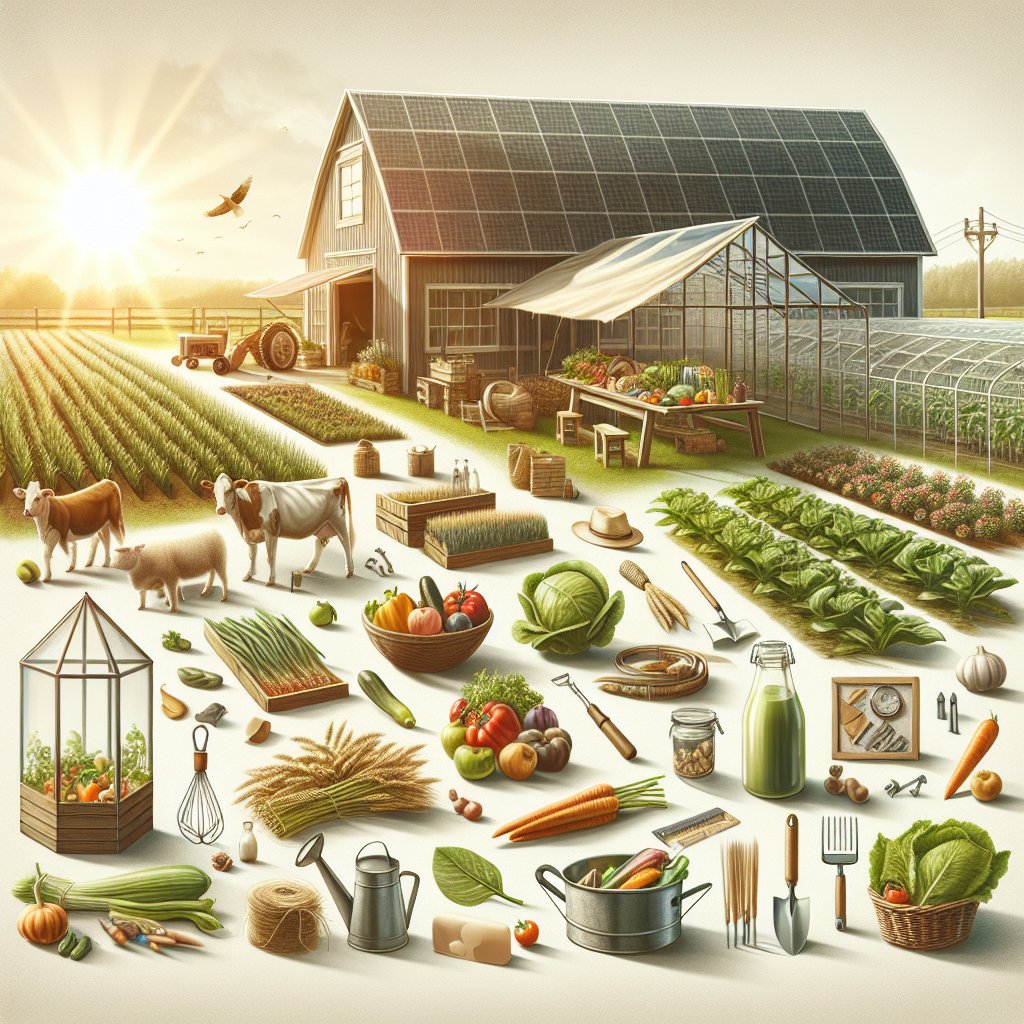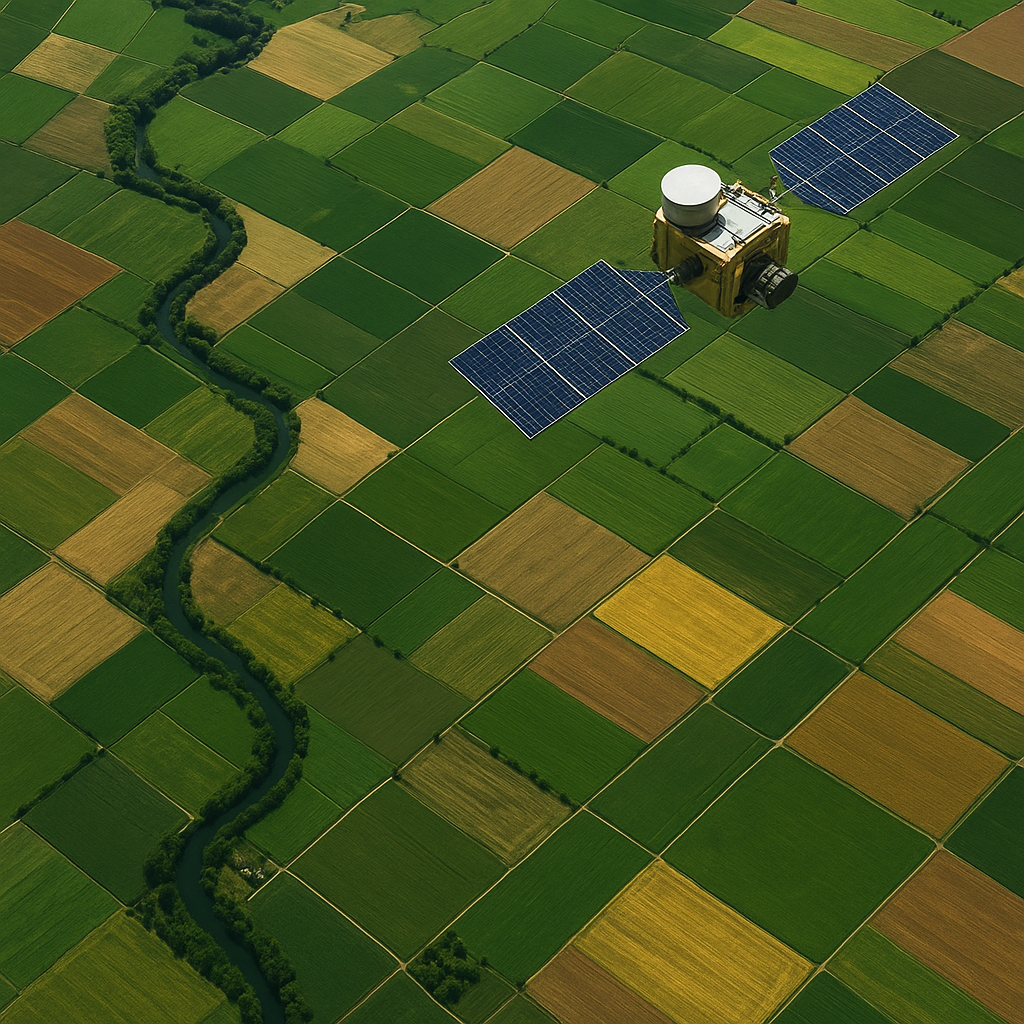Genetic modification has become a cornerstone of modern agriculture, offering solutions to some of the most pressing challenges faced by the industry. As the global population continues to rise, the demand for food increases, necessitating innovative approaches to enhance crop yields, improve nutritional content, and ensure food security. This article explores the role of genetic modification in agriculture, examining its benefits, challenges, and future prospects.
Understanding Genetic Modification
Genetic modification, often referred to as genetic engineering, involves altering the genetic makeup of organisms to achieve desired traits. In agriculture, this technology is primarily used to enhance crop resistance to pests and diseases, improve tolerance to environmental stresses, and increase nutritional value. The process typically involves the insertion, deletion, or modification of specific genes within a plant’s genome.
One of the most well-known applications of genetic modification in agriculture is the development of genetically modified organisms (GMOs). These organisms have been engineered to possess traits that are not naturally found in the species. For example, Bt corn is a type of genetically modified corn that produces a protein toxic to certain pests, reducing the need for chemical pesticides.
Benefits of Genetic Modification
The benefits of genetic modification in agriculture are numerous and significant. One of the primary advantages is the potential for increased crop yields. By engineering crops to be more resistant to pests, diseases, and environmental stresses such as drought or salinity, farmers can achieve higher productivity and more reliable harvests.
Additionally, genetic modification can enhance the nutritional content of crops. Biofortification, a process that increases the nutritional value of food crops, is a promising application of genetic engineering. For instance, Golden Rice has been genetically modified to contain higher levels of vitamin A, addressing deficiencies in regions where rice is a staple food.
Moreover, genetic modification can contribute to environmental sustainability. By reducing the need for chemical inputs such as pesticides and fertilizers, genetically modified crops can lower the environmental impact of agriculture. This can lead to improved soil health, reduced water pollution, and decreased greenhouse gas emissions.
Challenges and Controversies
Despite the potential benefits, genetic modification in agriculture is not without its challenges and controversies. One of the primary concerns is the potential impact on human health. Critics argue that genetically modified foods may pose risks that are not yet fully understood, and they advocate for rigorous testing and regulation to ensure safety.
Environmental concerns also play a significant role in the debate over genetic modification. There is apprehension about the potential for genetically modified crops to crossbreed with wild relatives, leading to unintended ecological consequences. Additionally, the reliance on a limited number of genetically modified crop varieties could reduce biodiversity, making agricultural systems more vulnerable to pests and diseases.
Intellectual property rights and the control of seed markets by a few large corporations are also contentious issues. The patenting of genetically modified seeds can limit farmers’ access to these technologies and increase their dependence on seed companies, raising ethical and economic concerns.
Regulatory and Ethical Considerations
The regulation of genetically modified crops varies significantly across the globe. In some countries, such as the United States, genetically modified crops are widely accepted and cultivated. In contrast, the European Union has adopted a more cautious approach, with strict regulations and labeling requirements for genetically modified foods.
Ethical considerations also play a crucial role in the discourse surrounding genetic modification. Questions about the moral implications of altering the genetic makeup of living organisms, the potential impact on traditional farming practices, and the rights of consumers to know what is in their food are central to the debate.
Future Prospects of Genetic Modification in Agriculture
As technology continues to advance, the future of genetic modification in agriculture holds great promise. New techniques, such as CRISPR-Cas9, offer more precise and efficient methods for editing genes, potentially overcoming some of the limitations and concerns associated with traditional genetic engineering.
These advancements could lead to the development of crops with even greater resilience to climate change, improved nutritional profiles, and reduced environmental impact. Furthermore, the integration of genetic modification with other agricultural technologies, such as precision farming and data analytics, could revolutionize the industry, making it more sustainable and efficient.
However, realizing the full potential of genetic modification in agriculture will require addressing the challenges and controversies that currently surround the technology. This includes ensuring rigorous safety assessments, fostering public trust through transparency and education, and developing equitable policies that benefit farmers, consumers, and the environment.
Conclusion
Genetic modification plays a pivotal role in the future of agriculture, offering solutions to some of the most pressing challenges faced by the industry. While the technology presents significant benefits, it also raises important questions and concerns that must be addressed. By navigating these complexities, genetic modification can contribute to a more sustainable, productive, and equitable agricultural system, ultimately helping to feed a growing global population.



